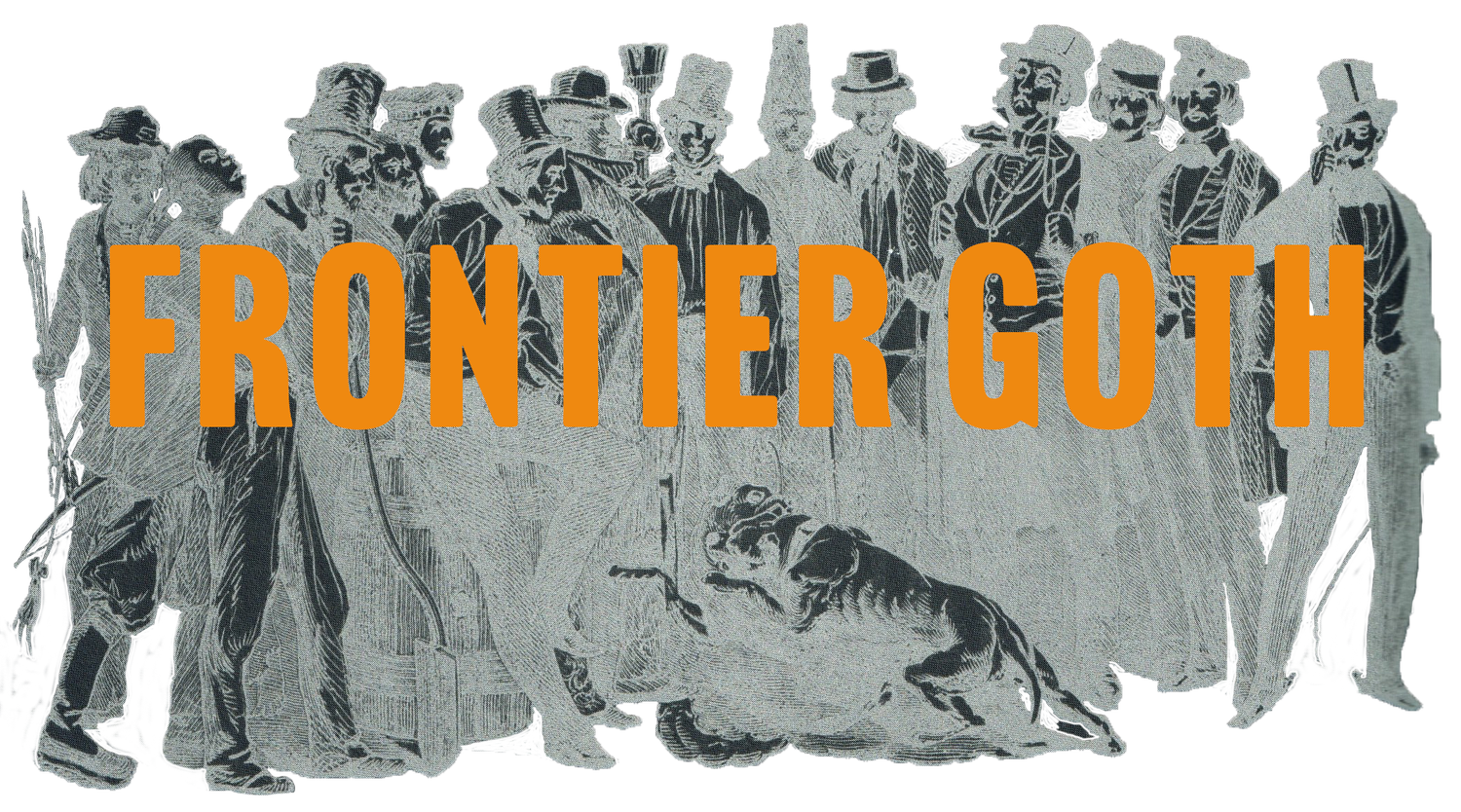The Civil War and American Art by Eleanor Jones Harvey
“American landscape painting developed in tandem with an appreciation for the physical and metaphorical qualities of the American wilderness. Beginning in the 1820s, American writers began extolling the spiritual qualities of wild nature, bringing positive associations to features that in Europe were more often associated with the devil. European folk tales abounded with stories of the heathen wilderness, dark forests in which people lost themselves and often their souls. As Americans began to see positive resonances in their own natural landscapes, they developed a wilderness aesthetic that linked America’s prospects for her future with two things: the potential for progress through cultivating the raw landscape and the virtues found in the pristine aspects of those wild spaces. In 1835 the country’s leading landscape painter, Thomas Cole, delivered a lecture titled “Essay on American Scenery” in which he sketched his view of this country’s unbounded opportunity based in large part on the existence of the equally vast expanse of land. The country’s future prospects, Cole argued, were lodged as much in the inspirational qualities of its wilderness as its potential for cultivation.”
-Eleanor Jones Harvey, 2012



